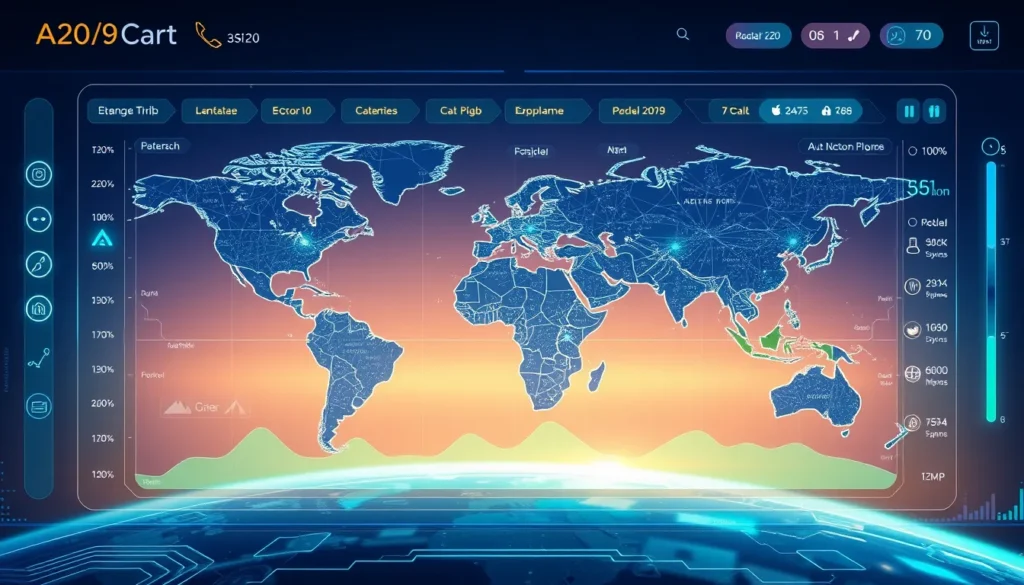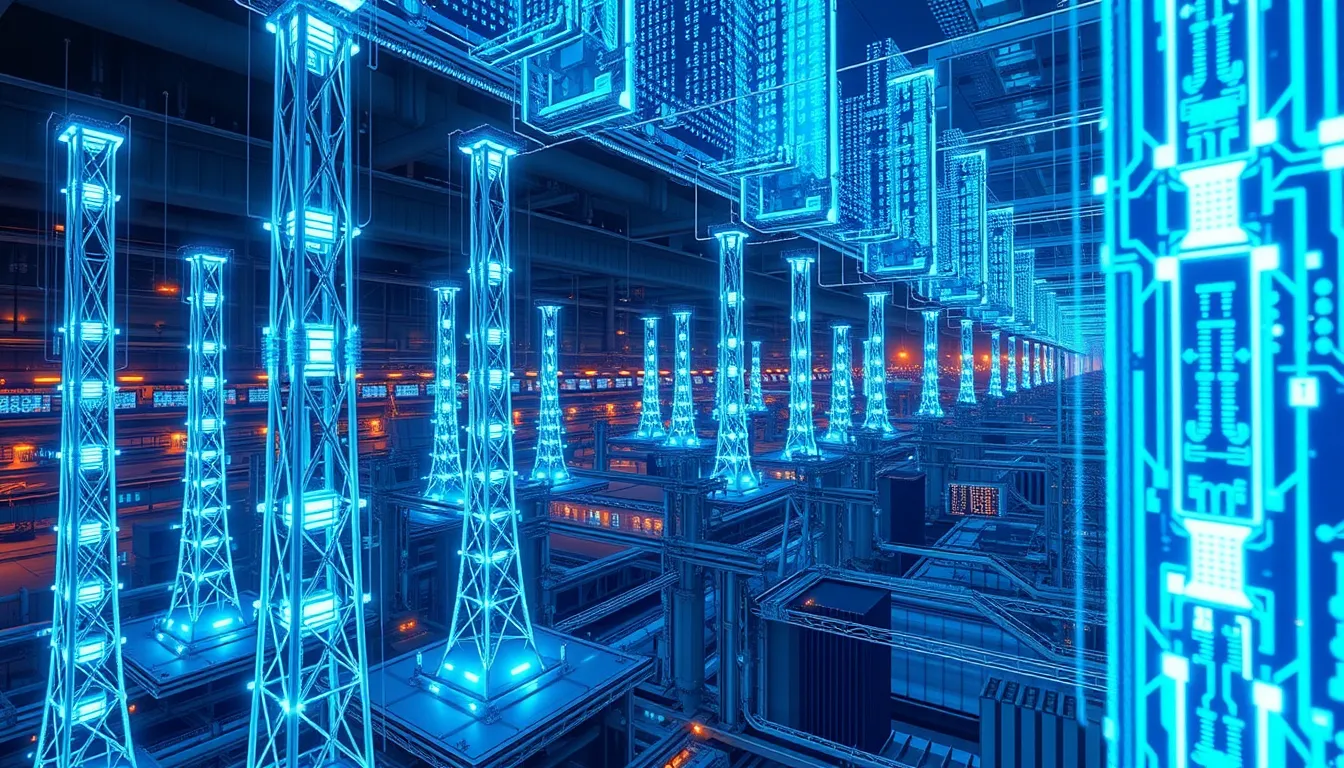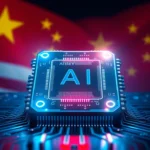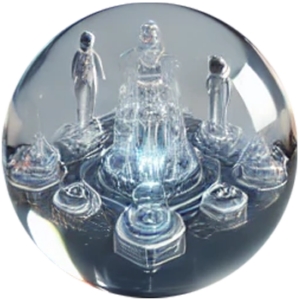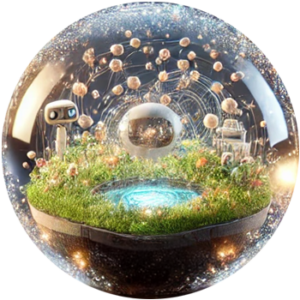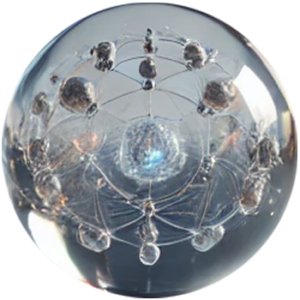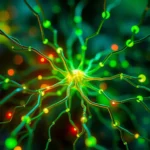Now Reading: YouTube Likeness Detection: Protecting Digital Authenticity
-
01
YouTube Likeness Detection: Protecting Digital Authenticity
YouTube Likeness Detection: Protecting Digital Authenticity
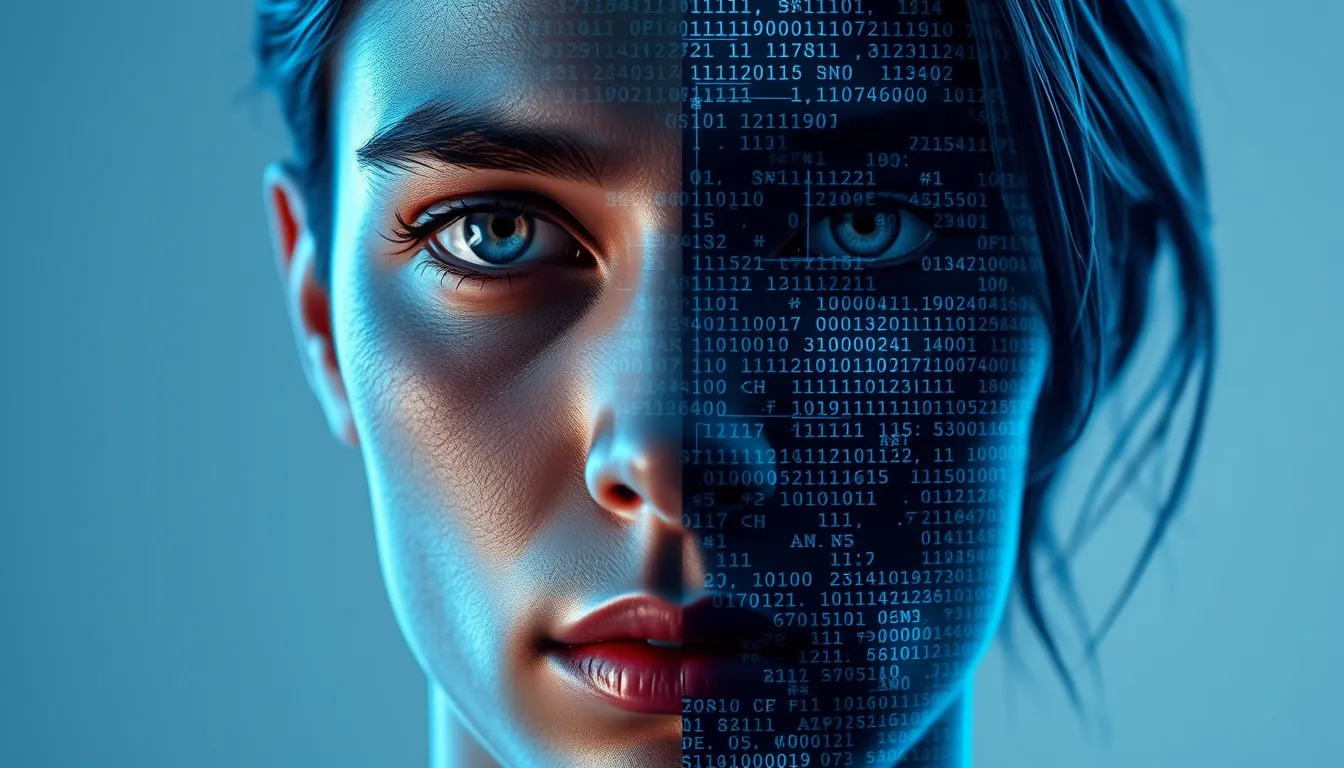
YouTube Likeness Detection: Protecting Digital Authenticity
Introduction
In today’s digital age, maintaining authentic video content has become crucial. The innovative approach of YouTube’s new AI tool, known as the YouTube likeness detection system, represents a groundbreaking effort to combat deepfake misinformation. As deepfake technologies evolve, audiences and content creators alike demand rigorous measures to ensure video content authenticity. This article explores how YouTube’s cutting-edge system utilizes advanced algorithms and machine learning to detect manipulated videos and protect both creators and viewers.
Understanding YouTube Likeness Detection
YouTube likeness detection is an AI-based system designed to monitor and flag content that misuses images or exploits the digital identities of popular creators. By harnessing deep learning and biometric analysis, the tool focuses on several key aspects:
- Facial recognition: Compares facial features with verified authentic images.
- Voice pattern analysis: Checks for sound modifications and synthetic distortions.
- Biometric consistency: Analyzes subtle visual and auditory cues that may indicate tampering.
These components work together to not only filter out potential deepfakes but also assure that genuine creative expression is preserved. The system’s overall objective is to ensure that video content remains reliable and free from misleading digital manipulations.
How the YouTube AI Deepfake Detection System Works
-
Data Collection:
The system begins by gathering a vast database of authenticated images and video content. This acts as a baseline to determine what genuine content should look like.
-
Algorithmic Analysis:
Using advanced machine learning techniques, the tool scans each new video for inconsistencies. This includes an evaluation of:
- Visual anomalies
- Voice irregularities
- Facial feature deviations
-
Anomaly Detection:
Once the video is analyzed, the system flags potential issues by comparing them with the verified database. Videos that display signs of digital manipulation are either automatically flagged or have their visibility reduced, pending further human review.
-
Integrated Defense:
As part of a larger strategy, YouTube integrates this detection system with other content moderation tools. This multi-layered approach helps ensure that any instance of digital deepfake misinformation is swiftly addressed.
The Role of AI Tools for Deepfake Detection
Using an AI tool for deepfake detection is no longer optional—it is essential. As deepfakes evolve, the tactics for digital manipulation become more sophisticated. By implementing state-of-the-art technologies, YouTube is setting industry standards for safeguarding video content authenticity. Moreover, platforms focusing on video integrity benefit from:
- Improved accuracy in detecting subtle alterations
- A reduction in misleading content spreading across social networks
- Enhanced trust among viewers and content creators
Addressing the Challenges of YouTube Deepfake Misinformation
Deepfake misinformation poses significant challenges in the digital era. The potential for manipulated videos to spread false narratives has raised ethical and legal concerns. YouTube likeness detection is engineered not only to mitigate these risks but also to serve as a deterrent against those intending to exploit digital identities. The system’s ability to detect manipulated videos on YouTube contributes strongly to maintaining public trust and ensuring that digital media remains a safe space for free expression.
How to Identify Deepfake Videos
For the everyday user, identifying deepfake videos can be challenging. However, some common indicators include:
- Inconsistencies in lighting or shadows
- Unnatural facial movements or voice distortions
- Mismatched audio synchronization
Future Directions and Conclusion
As digital media continues to grow, the importance of robust security measures cannot be overstated. YouTube’s proactive development of an AI deepfake detection system marks a significant shift towards greater accountability and transparency in video content. With the advent of sophisticated tools and increasing collaboration between tech innovators and academic experts, the vision of a safe and authentic online environment becomes more attainable.
In conclusion, YouTube likeness detection not only serves as a necessary solution for today’s challenges but also paves the way for future innovations in content moderation. By combining neural networks, biometric analysis, and dynamic algorithms, YouTube is leading the charge in the fight against digital deepfake misinformation. This approach is essential for maintaining video content authenticity and ensuring that both creators and audiences can trust the digital spaces they inhabit.
With ongoing advancements and continuous improvement of AI tools for deepfake detection, the future of digital media is set to be more secure, transparent, and authentic. As we move forward, understanding and employing such innovative technologies will be critical for protecting the digital landscapes that define our modern world.




